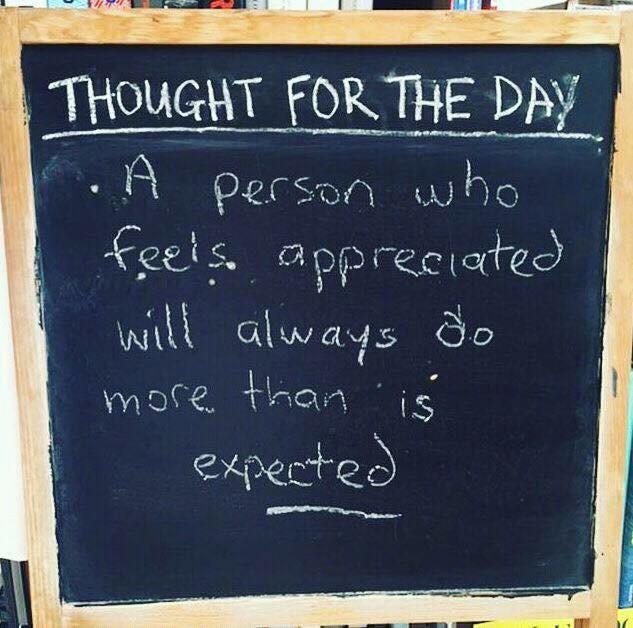With my first formal coaching session, as coach, scheduled in the diary, I have done all that I can to prepare and be prepared.
I believe that I have done all that a can to prepare. I have:
- Started to built a rapport with the client(s)
- Explained what coaching is and what it is not and how coaching is both similar and different to mentoring. I have also made that declaration through an education lens
- Researched the clients professional context, read the latest Ofsted Report and reviewed the Performance Tables. I have browsed the school website, made a note of the schools published Values and read the school’s latest newsletters.
- Established a Coaching Agreement and prepared the ground for our first coaching session. In that discussion, I have underlined the importance of my professional regard for the client and the client’s responsibility to fulfil the agreed actions
- Emailed ahead of the meeting, to say that “I am very much looking forward to the session.”
As a Headteacher and Senior Leader I have, up until this point in my career, predominantly line managed and mentored staff. I foresee one of the most significantly challenges to my coaching will be – letting go. Recognising and neutralising the imbalance of power and authority.* Perhaps it is more than that, it may go as far as maintaining faith in the capacity of the client to act upon the agreed actions, resisting the urge to advise or even worse, guide as when in previous roles. It may be more difficult to give up mentoring than it is to learn how to coach.
This reminds me of the words of good friend and professional advisor;
If you tell a teacher how to do something, you arm them with a reason as to why that something didnt work.
If I give you advice and it fails, you will blame me. I have traded my advice for your responsibilty and that is seldom a good deal. John Whitmore
(Coaching for Performance, 2009)
Here is the thing though. When equality is promoted by the coaching relationship, that faith is shared. It becomes faith in the client’s ability to act, supported by the coaching process. It is faith in the client’s commitment, supported by the coaching process plus the ‘me time’ to think deeply, reflect, commit and act. And that – is on us.
If the question is ‘Why invest in coaching?’ Maybe the answer is this?

I plan to come back to and part b to this post after the first coaching sessions.
Imbalance of power* The existence of power imbalances needs to be considered, acknowledged and managed, as any imbalance impairs the coaching potential. On the part of the client, Schein (2009) highlights issues of mistrust, through to looking for reassurance and dependency. For the coach, he highlights advising, accepting the dependency and inappropriately giving support. Importantly, it is the person in the position of power that needs to explicitly initiate actions to minimise the differences in power. eg acknowledging the differences, clarifying the new roles, meeting in a neutral venue and inviting feedback.
Reflecting on these points and on personal experience, I would suggest that building rapport and levelling the relationship, may be more challenging where the coach is internal and particularly so if a line manager or Head Teacher.
Considering peer to peer models; Schluters (1993) argues that parity will be one of the key factors that influences relational closeness.

